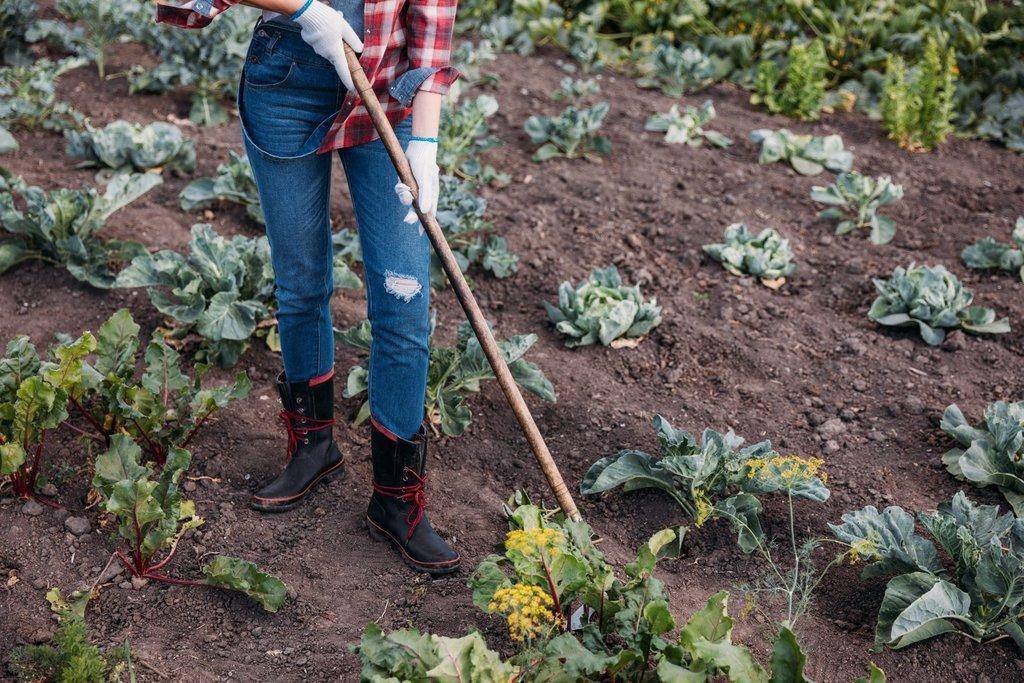By Gabriela Murza, Extension assistant professor, health and wellness
Whether you’re a weekend gardener or spend time in the dirt daily, you have probably experienced working too hard and feeling sore. Soreness can stem from exerting a new or weak muscle, and it subsides after a few days. But pain that lingers can occur from overworking or doing something incorrectly.
These types of injuries can be serious, such as a rotator cuff injury, or they can be a repetitive strain injury (RSI), which occurs in muscles, tendons, and nerves in hands, wrists, shoulders, elbows, knees and lower back. These injuries are caused by doing the same movement for an extended period and can lead to pain or weakness.
Consider these tips to prevent injuries and minimize pain while gardening.
- Adapt the garden. Create a garden that promotes healthy posture, movement and maintenance. Incorporate raised beds and vertical gardens to avoid hunching over and kneeling. Carefully place stepping stones, pottery and other gardening hardscapes so you can work around them without twisting, over-reaching or pulling.
- Adapt the tools. Use tools that are appropriate for the job and that fit your abilities. Tools with ergonomic handles and attachments provide a comfortable grip and help keep the wrist straight. Rakes and shovels with height-appropriate handles help you maintain a straight back and avoid hunching over.
- Adapt yourself. Be prepared, and use safe movements.
- Wear comfortable, breathable clothing and closed-toed shoes with ankle support. Even if it’s cloudy outside, wear sunscreen, a hat and sunglasses if needed.
- Drink water before, during and after gardening. Start out hydrated, drink every 15-20 minutes while gardening, then drink after to replace what you may have lost through sweat.
- Keep your tools and other essentials (trash bags, water bottle, cell phone, snacks, etc.) in a bucket or cart nearby while you work.
- Work during cooler times of the day, and break tasks into shorter activities. If possible, avoid gardening for more than 1.5 hours at a time.
- Change tasks every 20 minutes to use alternate muscles and intensities (e.g., change from standing to kneeling). Remember to take breaks to stretch your muscles and hydrate.
- Engage your leg muscles rather than your arms and back when lifting, carrying, setting items down, changing directions, and moving back and forth (e.g., raking and shoveling).
- When working low to the ground, kneel rather than crouching or squatting, and use a foam mat or knee pads. Kneel on one knee while keeping the other foot on the ground for support. This helps avoid hunching while keeping your back straight. Alternate legs every few minutes.
- Stretch before, during and after gardening. Gardening is a physical activity, so treat it like any other exercise. Warm up your muscles first, then as you take breaks, stretch the used muscles. At the end, do whole-body stretches.
The more you practice safety in the garden, the more it becomes part of your routine and the less likely you will be to experience soreness and pain.

